Since the end of the 2nd World War Italy became the best design-nation. The names Alessi, Brionvega, Danese Milano, Gufram or Zanotta are synonymous with history and the presence of the Italian product and furniture designs today.
In comparison to Germany and other European countries, industrialisation occurred very late in Italy and the transfer from manual to industrial production came after the war in many branches. When styles were developed in the 1920s (like the ones of the Bauhaus), design in Italy became famous at the end of the 40s.
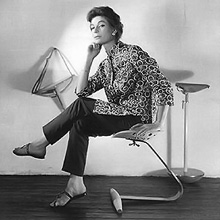
Exhibitions such as the "La Triennale di Milano" in Milan (since 1933) taking place every three years, competitions and magazines played an important role for this development. Besides the all year trienniale, it was especially the Compasso d´Oro prize, the "Golden Circle", which the Milan department store chain La Rinascente gave away since 1954, and the Domus magazines (1928 which Gio Ponti founded) and Casabella (1929), which advanced the modern Italian Design and offered experts a platform for discussions.
Other than the theoretical approach of the Bauhaus School in Germany or the marketing and profit-oriented design view of the Americans, the Italian design lasted long especially due to its experimenting propensity, the improvisation acquirement of small craft business and the old cultural tradition, which did not want to separate beauty from function.
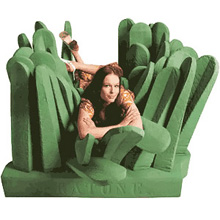
Especially the small craft businesses, handicraft smiths and family businesses were the ones who created new types of product designs in cooperation with architects and through its dynamic and individual shapes. The "Italian Line", became the international epitome for modern, cultivated and cosmopolitan lifestyle in 1955.
1960s / 1970s - The New Design Culture
In the 1960s, Italy went through a time of wealth and mass consumption. In addition to that came new technology and materials, like the use of plastics, which set new levels for product design. Companies like Olivetti or Kartell profited from these innovations and made Italy the precursor of new style. This hegemony of the Italian design was beautifully portrayed by the exhibition "The Domestic Landscape", which was seen in the Museum of Modern Art in New York in 1972. The exhibition showed mainstream and antidesign, elegance and experiment, classics and provocations and represented the allowance and openness, which still stands for Italian Designer furniture.

The exhibition reflected the whole contradiction of the Italian design situation at that time. While on one hand the interior tools, which represented the aesthetic quality ("Bel Design") and the conventional industry production, on the other hand experimental and futuristic objects, produced a subversive design culture. There was hardly any consistent Italian Design in the mid 1960s.
Not least because of the worker's protests and student riots during which groups formed at the architecture faculties of Northern Italy, who developed and formulated utopian designs and theories against the mainstream. The main point of attack were the cult about the aestheticism of industrially manufactured goods and the stupefying circulation of production and consumption in capitalism. From that resulted the movement of Radical Designs, whose goal was to change the community with design and architecture. As opposed to the older Designer generation, the wild youth understood the established "Bel Design" as a dead end to industrial design.

An Italian phenomenon in the late 1960s was that the gap between industrial production and experimental alternative designs was associated with some designers and manufacturers. In 1970 there emerged risky and experimental entrepreneurs who secured several drafts of the young rebels. Thereby classics for example the beanbag by Zanotta Sacco (1968), or the flashy wardrobe Cactus by Gufram (1971) emerged. When the industry was open for the new design culture of the young designers, the wind was taken out of there sails. It is surprising that in the mid-1970s a second wave of Radical Design arose which saw the creation of the groups Alchimia (founded 1976) and Memphis (founded 1981). With the unconventional creations of Memphis, including Michele De Lucchi, Matteo Thun and Ettore Sottsass, the Italian design cultural revolution crossed the borders of Italy. Each year Memphis produced a new collection. The focus of the movement was the design of surfaces and colourful surfaces, the multi-functionality instead of mono-functionality and the communicative aspect of the products.
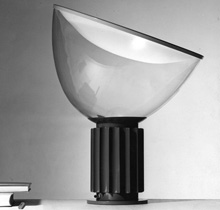
1980s /1990s - Design a Synonym for Lifestyle
In the mid-1980s, with the second Memphis Generation, the movement degenerated into a simple fashion. However the group came up with a new way of enjoying experimenting that led to the establishment of new companies and gave new inspiration to the older companies. Companies like Artemide, Driade or Zanotta employed Memphis Designer just like Alessi under the leadership of Alessandro Mendini (Alchimia), and broke new ground when working together with architects like Aldo Rossi or Stefano Giovannoni.
In the 1980s new Advertising Methods, Image Building and Personality-Cults were developed because of the economic revival. Design became synonymous with lifestyle and an important marketing tool. In the context of Corporate Identity Programmes the names of Designers and companies became more important.
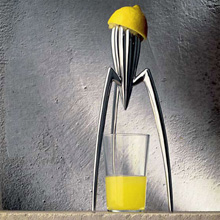
This changed during the economically insecure years of the 1990s, when the cult about the spectacular objective ran out. Design became decent and a lot of manufacturers went back to serious, solid and exclusive creations. Cooperation with international Designers was intensified. Since then Italian companies such as Alessi, Driade, Moroso or Flos work together with renowned international Designers like Jasper Morrison, Konstantin Gric, Philippe Starck or Ron Arad. This is one reason why the creations can not be easily classified as Italian Design, but it is also the reason why they are successful all over the world.
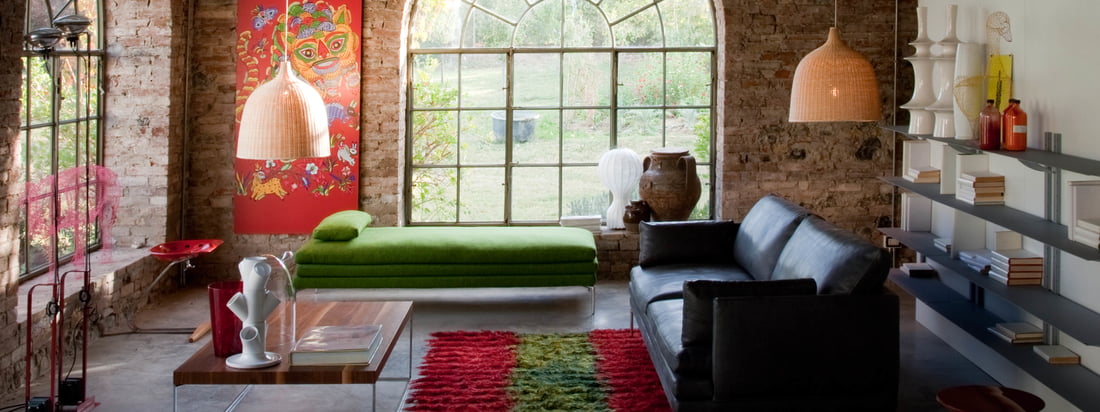
 Alessi
Alessi
 Artemide
Artemide
 B-Line
B-Line
 Baleri Italia
Baleri Italia
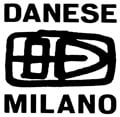 Danese Milano
Danese Milano
 Driade
Driade
 Flos
Flos
 Foscarini
Foscarini
 Kartell
Kartell
 Lapalma
Lapalma
 Magis
Magis
 Plank
Plank
 Zanotta
Zanotta
 Emu
Emu
 Fiam
Fiam
 FontanaArte
FontanaArte
 Luceplan
Luceplan
 Alessandro Mendini
Alessandro Mendini
 Enzo Mari
Enzo Mari
 Gianfranco Frattini
Gianfranco Frattini
 Michele De Lucchi
Michele De Lucchi